Immigration Services
We help businesses, families, and individuals navigate the immigration process and reach their goals
Corporations / Employees
Families
Individuals
Investors
Students
Victims
Immigration Services
Main Menu
Adjustment of Status VS Consular Processing
Once your immigrant petition (I 140 or I 130) has been approved by USCIS, you need to wait for a visa to be available for you. Sometimes this wait can go on for years, if you are a national of certain countries. Once you have an approved immigrant petition, you still need a valid non immigrant visa to stay in the United States till the day your priority date becomes current in the Visa bulletin published every month.

Once your priority date becomes current in the Visa bulletin, you are eligible to submit an application for an immigrant visa. Adjustment of Status and Consular Processing are the two main procedural routes that can be used to apply for the US permanent residence. Consular processing means that after obtaining an immigrant petition (Form I-130 or I-140) filed by a US family or employer, you find that the priority date is current and the visa number has become available, you need to submit the subsequent green card application to the US embassy or consulate in the home country of the applicant.
On the other hand Adjustment of Status means that the application is handled completely in the US from the USCIS. In the case of immediate relatives, an application and adjustment of status application can be submitted at the same time. There is no need to go back to your home country to get an immigrant visa. You can adjust your status from a non immigrant to a Lawful Permanent Resident by filing form I 485. Since the average processing time for I 485 varies between 6-12 months, you are eligible to apply for an Employment Authorization Card at the time of filing your Adjustment of Status.
Both Adjustment of status and consular processing have their own application forms, timelines, cost and supporting documents and due to the cost and time involved in the process, it is recommended to proceed with utmost caution while submitting your petition. An experienced immigration attorney helps you in submitting a petition with all supporting documents, thereby reducing the probability of receiving an RFE from USCIS, thereby slowing down your process.
Application for Action on an Approved Petition. Once your case has been transferred from USCIS to NVC, you are eligible to file for an immigrant visa with the National Visa Center.
After submitting the requested documents to the NVC, you would be called for an interview and issued immigrant visas (if appropriate). Contact Rijal Law firm today if your priority date is current or you need to apply for an extension or change of non -immigrant status or want to move your application from USCIS to NVC or NVC to USCIS.
Both Adjustment of status and consular processing have their own application forms, timelines, cost and supporting documents and due to the cost and time involved in the process, it is recommended to proceed with utmost caution while submitting your petition. An experienced immigration attorney helps you in submitting a petition with all supporting documents, thereby reducing the probability of receiving an RFE from USCIS, thereby slowing down your process.
How to move your application from USCIS to NVC (I 824)
Life is uncertain and sometimes we have no control of where it takes us. It is extremely important to maintain a valid non-immigrant status till the time your priority date gets current in the visa bulletin and a visa is available to be issued to you, which at times, may not be possible. It is important to remember that an immigrant petition (I 130 or I 140) even if approved, doesn’t allow you to continue to stay in the United States. It is recommended to leave the United States as soon as your Non- immigrant visa ends and wait in your home country to get your priority date current. You can also try to get a non-immigrant visa and get back to the United States to be eligible to file Adjustment of Status. If you are able to return to USCIS, you can request USCIS to transfer your case to NVC by filling a Form I 824-Application for Action on an Approved Petition. Once your case has been transferred from USCIS to NVC, you are eligible to file for an immigrant visa with the National Visa Center.
After submitting the requested documents to the NVC, you would be called for an interview and issued immigrant visas (if appropriate). Contact Rijal Law firm today if your priority date is current or you need to apply for an extension or change of non -immigrant status or want to move your application from USCIS to NVC or NVC to USCIS.
